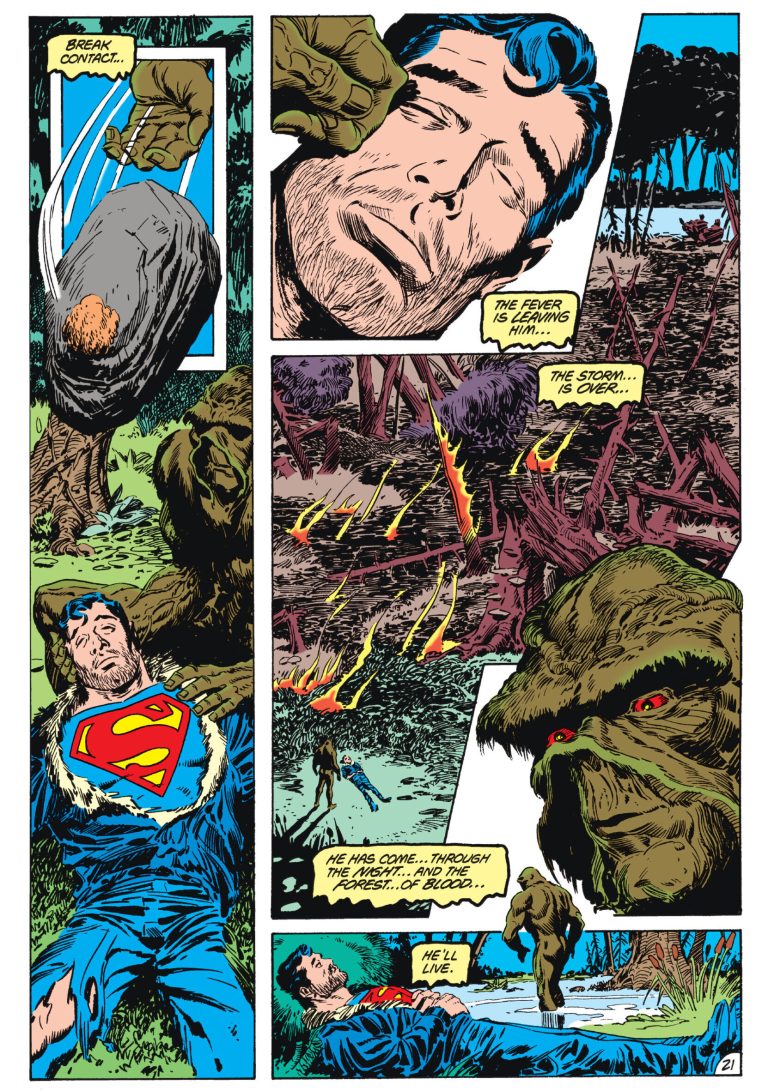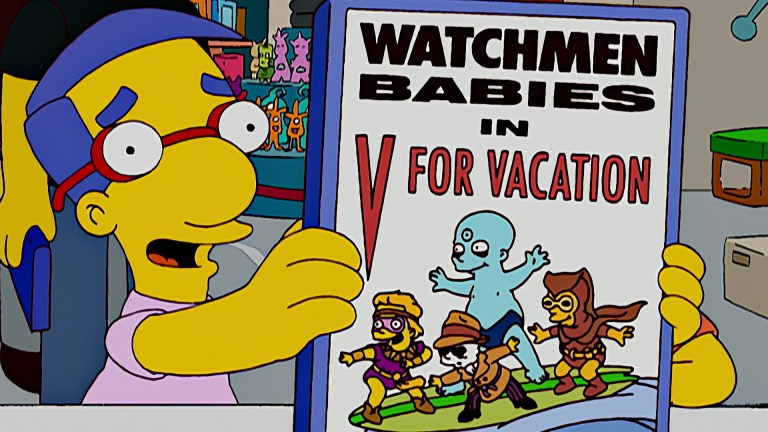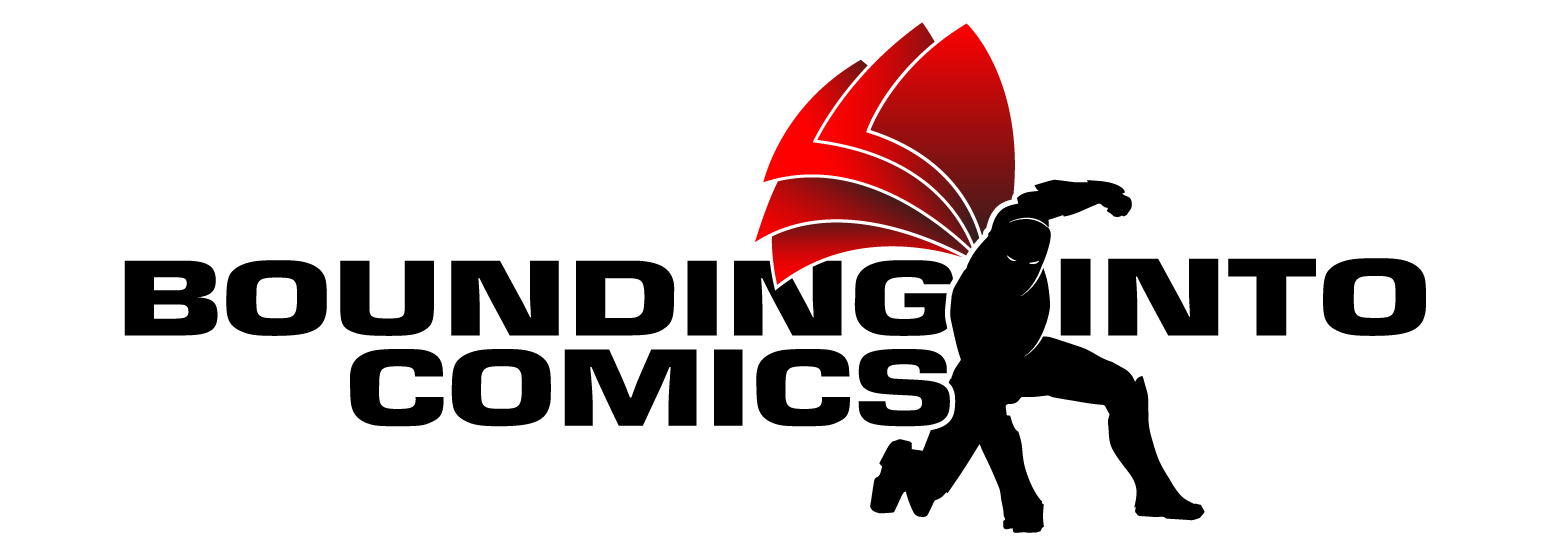‘Watchmen’ Creator Alan Moore Believes Comic Book Fandom Has A “Tendency To Carp And Cavil Rather Than Contribute Or Create”, Says That “Fan Attitudes Have Toxified The World Surrounding Us, Most Obviously In Our Politics”

In continuing to serve as a bearded, sequential art version of Punxsutawney Phil, esteemed Watchmen creator Alan Moore has once again emerged from his voluntary ‘pop-culture’ seclusion to offer his thoughts on the current state of comic book culture – and to the surprise of absolutely no one, he is not impressed with how ‘infantile’ its older fans have become.

Moore, whose noted comic bibliography also includes Batman: The Killing Joke, Superman: Whatever Happened to the Man of Tomorrow? (Superman Vol. 1 #423/Action Comics Vol. 1 #583) and Swamp Thing Vol. 2, shared his latest thoughts on his former medium of choice in a new guest essay penned for The Guardian.
Opening with a reflection on how his 2016 comments to Deadline regarding his belief that “superhero movies were potentially an inicator of emotional arrest, which could have worrying political and social implications” led to a firestorm of discourse among fans, Moore proceeded to offer a further, more explicit clarification as to his previous take.
“I believe that fandom is a wonderful and vital organ of contemporary culture, without which that culture ultimately stagnates, atrophies and dies,” he wrote. “At the same time, I’m sure that fandom is sometimes a grotesque blight that poisons the society surrounding it with its mean-spirited obsessions and ridiculous, unearned sense of entitlement. Perhaps this statement still requires some breaking down.”

Flashing back to his first comic book convention, which took place “in the basement rooms of a Southhampton Row hotel in 1969” and whose guests were “keen to elevate the medium that they loved, rather than passively complain about whichever title or creator had particularly let them down that month”, Moore then noted that when he returned to the ‘comic book fandom’ after becoming a creator himself, he found the entire scene was “greatly altered,” having become “bigger, more commercial”.
“Although there were still interesting fanzines and some fine, committed people, I detected the beginnings of a tendency to fetishise a work’s creator rather than simply appreciate the work itself, as if artists and writers were themselves part of the costumed entertainment,” he said. “Never having sought a pop celebrity relationship with readers, I withdrew by stages from the social side of comics, acquiring my standing as a furious, unfathomable hermit in the process. And when I looked back, after an internet and some few decades, fandom was a very different animal.”

From there, the Tom Strong creator turned his attentions to the current state of the general ‘comic book fandom’, opining how, in his opinion, it was now “an older animal for one thing, with a median age in its late 40s, fed, presumably, by a nostalgia that its energetic predecessor was too young to suffer from. “
“And while the vulgar comic story was originally proffered solely to the working classes, soaring retail prices had precluded any audience save the more affluent; had gentrified a previously bustling and lively cultural slum neighbourhood,” he argued. “This boost in fandom’s age and status possibly explains its current sense of privilege, its tendency to carp and cavil rather than contribute or create. I speak only of comics fandom here, but have gained the impression that this reflexive belligerence – most usually from middle-aged white male conservatives – is now a part of many fan communities.”
Turning to offer a ‘contemporary’ example of this phenomena, Moore then noted, “My 14-year-old grandson tells me older Pokémon aficionados can display the same febrile disgruntlement. Is this a case of those unwilling to outgrow childhood enthusiasms, possibly because these anchor them to happier and less complex times, who now feel they should be sole arbiters of their pursuit?”

Of course, far from writing off every single individual who consider themselves a ‘comic book fan’, Moore then noted, “There are, of course, entirely benign fandoms, networks of cooperative individuals who quite like the same thing, can chat with others sharing the same pastime and, importantly, provide support for one another in difficult times.”
But much to his dismay, Moore then lamented, “These healthy subcultures, however, are less likely to impact on society in the same way that the more strident and presumptuous fandoms have managed. Unnervingly rapidly, our culture has become a fan-based landscape that the rest of us are merely living in.”
“Our entertainments may be cancelled prematurely through an adverse fan reaction, and we may endure largely misogynist crusades such as Gamergate or Comicsgate from those who think ‘gate’ means ‘conspiracy’, and that Nixon’s disgrace was predicated on a plot involving water, but this is hardly the full extent to which fan attitudes have toxified the world surrounding us, most obviously in our politics.”

His attentions fully turning to the topic of ‘fandom and politics’, Moore posited to the outlet’s readers, “Elections that decide the fate of millions are conducted in an atmosphere more suited to evictions on I’m a Celebrity […Get Me Out of Here!, a British reality TV show] in which contestants who are insufficiently amusing are removed from office.”
“Saleability, not substance, is the issue,” he continued. “Those who vote for Donald Trump or Boris Johnson seem less moved by policy or prior accomplishment than by how much they’ve enjoyed the performances on The Apprentice or Have I Got News for You. And throughout the UK, we’re now familiar with what a Stephen Yaxley-Lennon fan convention looks like.”

Putting a stamp on his entire argument, as he drew his essay to a close, Moore asserted, “An enthusiasm that is fertile and productive can enrich life and society, just as displacing personal frustrations into venomous tirades about your boyhood hobby can devalue them. Quite liking something is OK. You don’t need the machete or the megaphone.
“Candidly,” he concluded, “for my part, readers would have always been more than sufficient.”
More About:Comic Books
